Log Management Pricing: Daily vs. Monthly vs. Metered
SaaS has been around for what seems like forever, but one standard hasn’t emerged as the victor for pricing format -- and that statement applies to the log management and log analysis industry as well. The three pricing standards that have gained the most adoption for log management costs, however, are daily data caps, monthly data caps, and metered billing. In this article, we’ll break down the pros and cons of each log management costs. To do this, we’ll analyze Badass SaaS, a fictitious company that produced the following log data in a month:

This data volume represents the typical peaks and valleys that we see companies produce in a given month. Let’s get into it.
Daily Volume Cap
If Badass SaaS were to utilize a logging platform with a daily volume cap, they’d have to base their plan on the highest daily usage (or face the mighty paywall); using our example above, we see that the highest usage is 512 GB. When choosing a plan, they would also have to budget for possible future spikes (for times in future months where the max is above 512 GB). Then they would have to choose the closest package that the logging provider offers -- in this case, let’s say its 600 GB/day. It becomes painfully obvious that Badass SaaS is paying for a 600 GB daily limit, but is using far less than that on the average day. To quantify the waste, badass is averaging 207 GB/day, but is paying for almost three times that. The more variability in your data, the more you’re getting squeezed by a company that implements a daily volume cap. There’s a tremendous amount of waste that comes into play with daily volume caps.
Monthly Volume Cap
If Badass SaaS were to go with a logging platform that uses a monthly volume cap, it eliminates the waste that comes through daily variability, but the same problem arises when we look at things from a monthly perspective. It makes sense that Badass would have monthly variability in their data (similar to the case with daily usage), and they would have to choose a monthly plan that covers the highest anticipated monthly usage. If their monthly variability typically ranges from 4 TB to 12 TB, they would have to pick a plan with at least 12 TB of monthly data, or again face the dreaded paywall. This again leads to lots of waste -- Badass pays for 12 TB of monthly data, and uses much less than that most months. Badass couldn’t realistically choose a 12 TB monthly limit since these data volumes are predictions about the future, not looking at historical data. Badass would likely choose a plan of at least 15 TB to take into account any unforeseen upside variance.
Metered Billing
With metered billing, there’s no need to guess at what your data volume might or might not be in the future. You choose a per-GB price, and you get billed based on your actual usage at the end of each month. It’s that simple. This style of billing wasn’t very prevalent until Amazon’s recent implementation of it with AWS. Now with AWS’ adoption, everybody is familiar with it.
Daily vs. Monthly vs. Metered
Let’s compare how Badass SaaS’ metered bill would compare to their bill if they would have used a provider with daily or monthly limits. Using the example above, Badass would have paid for a total of 600 MB /day, or 18,000 GB over a month -- and their total 30-day usage was 6,211 GB. With a monthly data cap plan, Badass would be on a 15 TB plan given our example above, and again used 6,211 GB.With a metered billing setup, Badass doesn’t have to pick a fixed data bucket; they just pay for what they use. In this case, they pay for just the 6,211 GB they use.Plan TypeActual Usage (GB)Data Paid ForWastageDaily6,21118,00065.5%Monthly6,21115,36059.6%Metered6,2116,2110%
Doing Your Own Analysis
Comparing a daily cap plan to a monthly cap plan involves more than just multiplying the daily cap by 30 and doing the comparison between a daily, monthly and metered plan. As you’ve seen here, variability plays a huge role in the true cost of both a daily and monthly plan, and what you’re getting (and throwing away) -- the more variability in data, the more wastage. If you’re already using logging software, the best way to compare prices is to look at your actual daily and monthly usage over time and get a true understanding of the true cost of a daily, monthly or metered plan. Don’t forget to take into account possible future variance.At LogDNA, we implemented metered pricing with the customer in mind. We could have implemented another ‘me too’ daily or monthly capped plan, and collected money for data our customers weren’t ingesting. But instead, we were the first (and are still the only) logging company to implement metered billing because that’s the best thing for our customers. We pride ourselves on our user experience, and that doesn’t stop at a beautiful interface.Check out why LogDNA pricing boasts the lowest TCO in the industry with simple, pay-per-GB pricing with no data buckets. Learn more with LogDNA about log management costs!
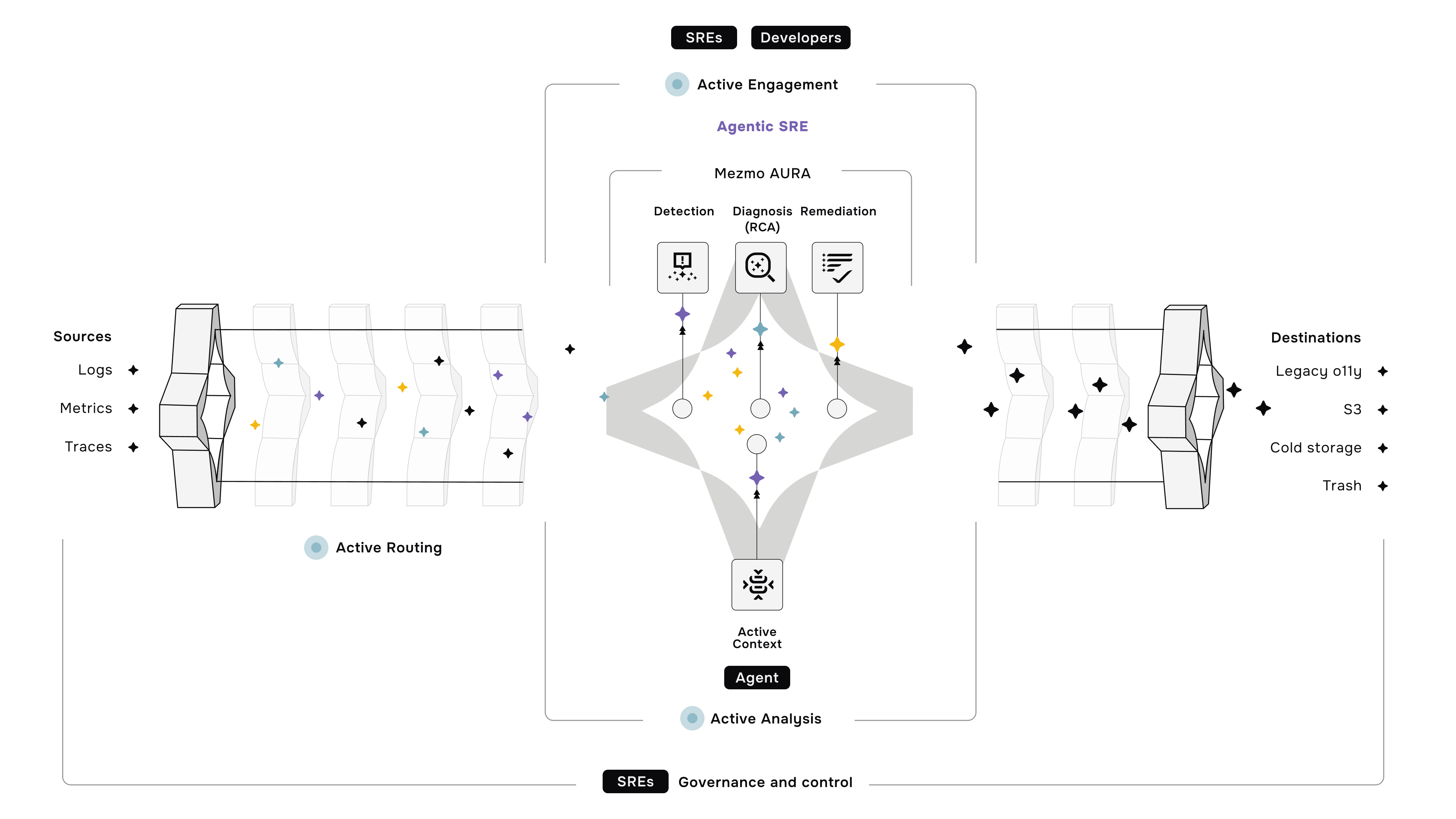

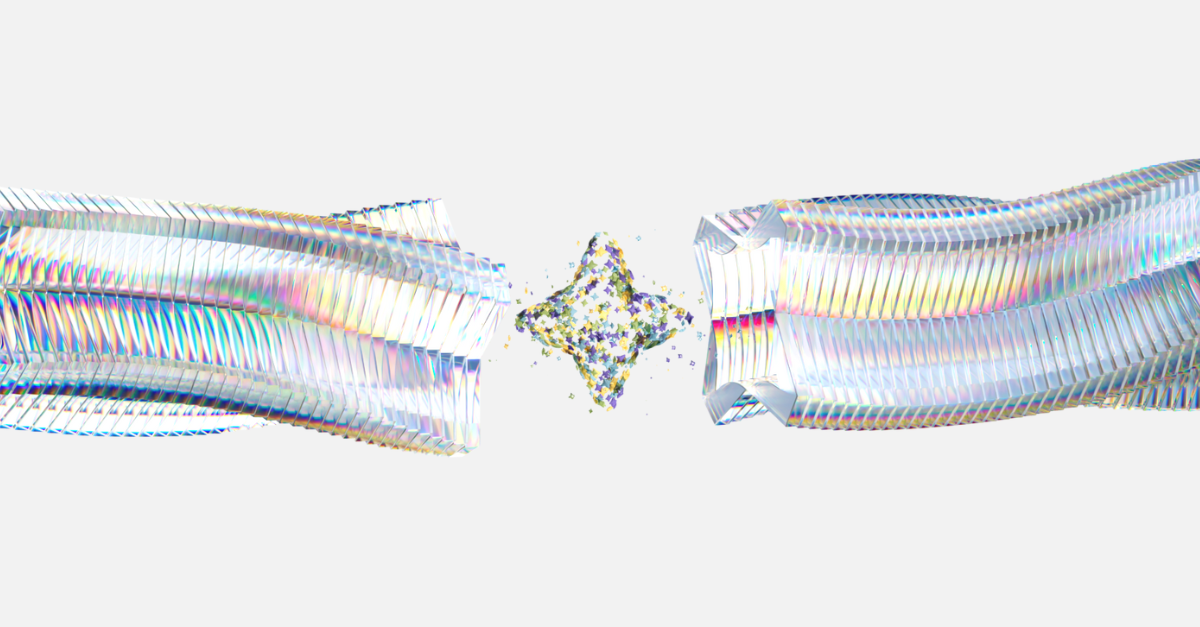




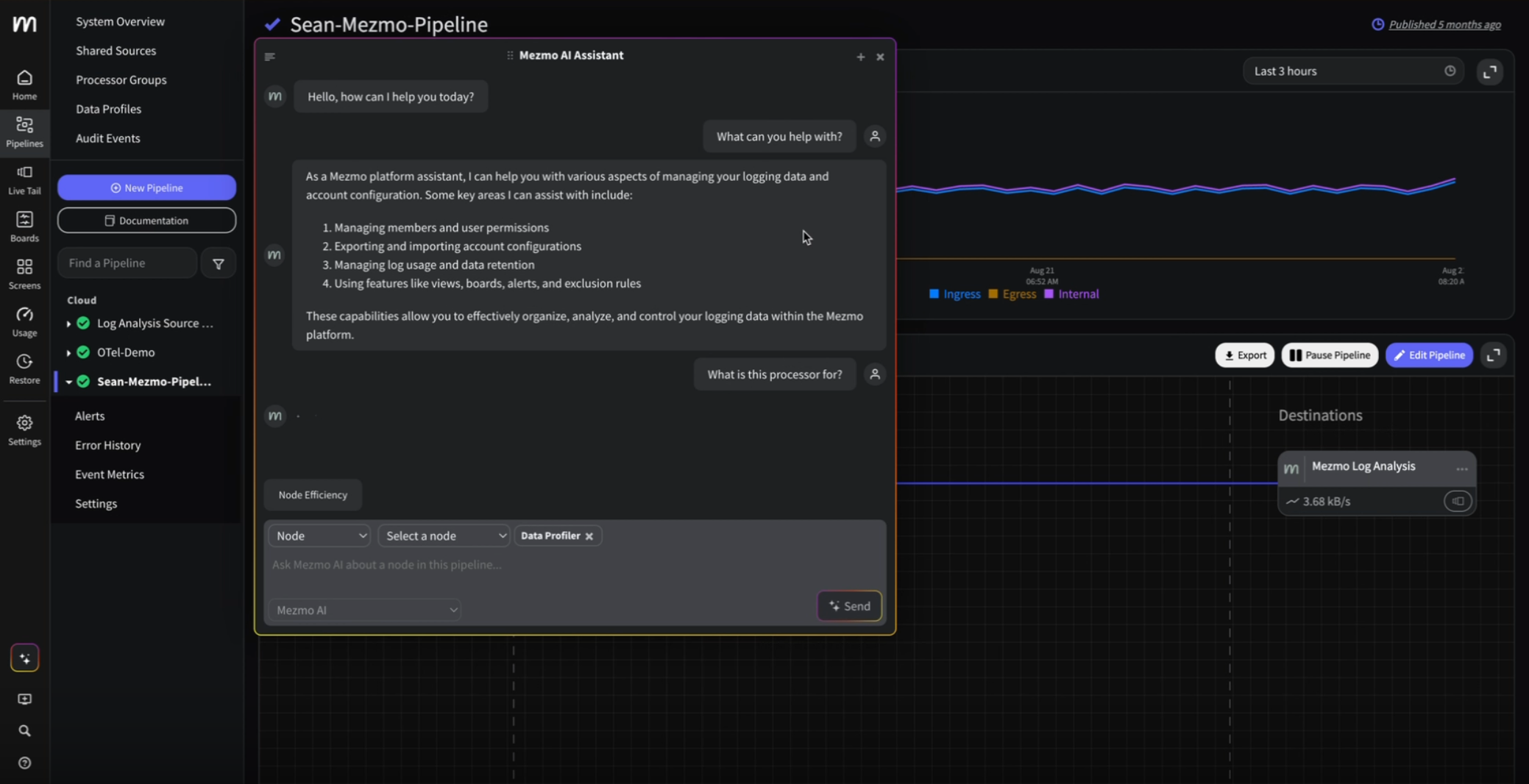
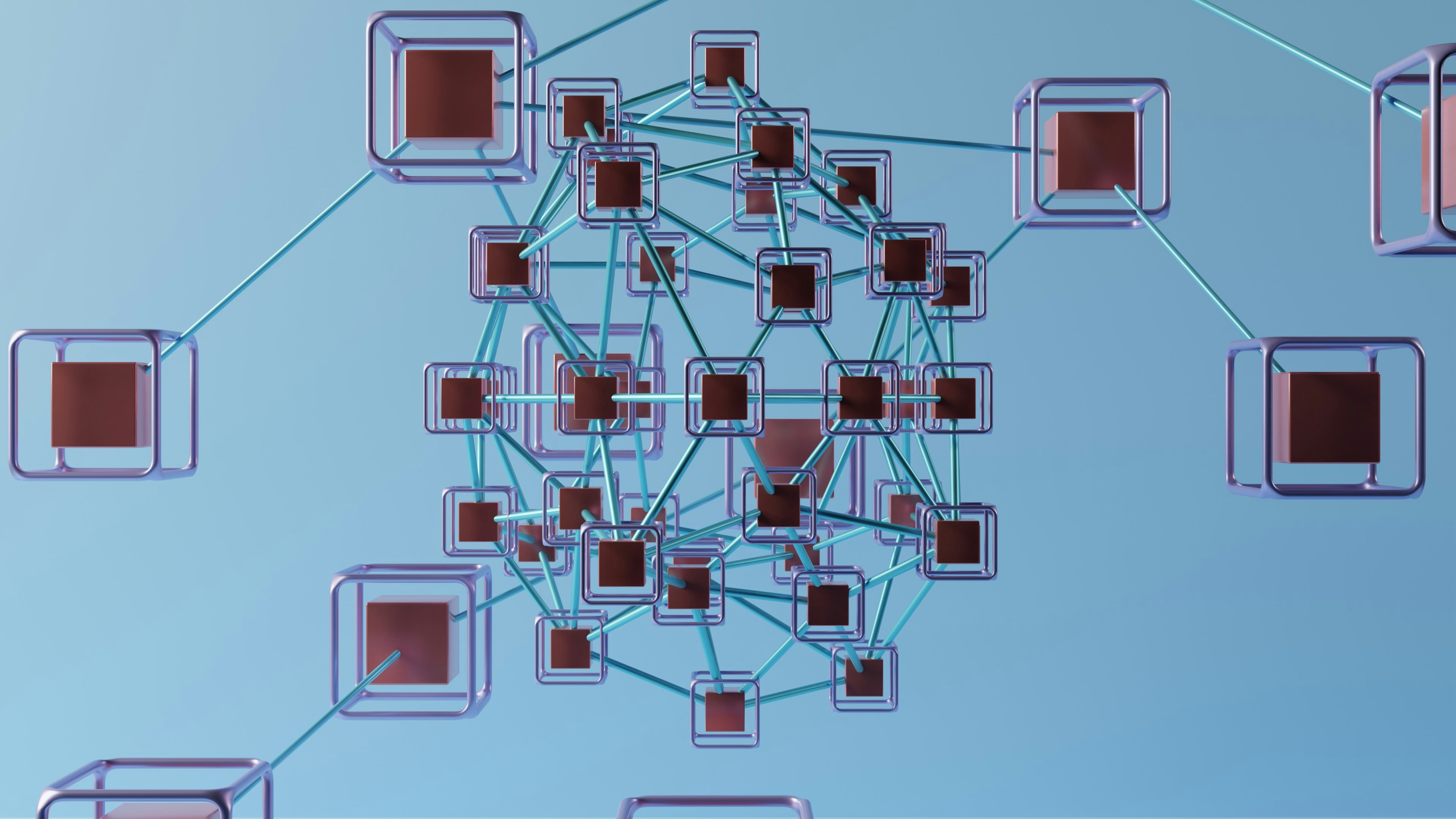

.png)




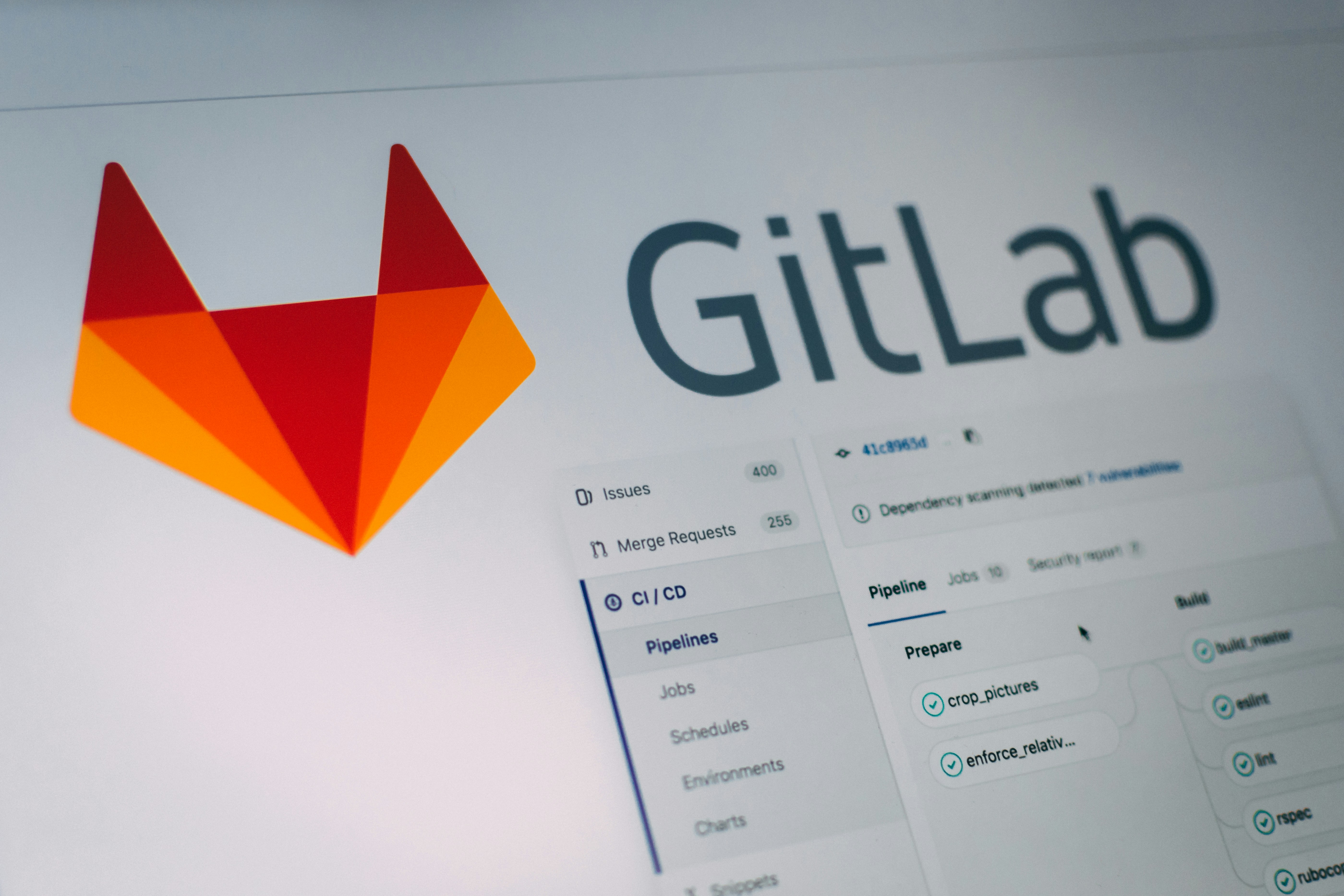
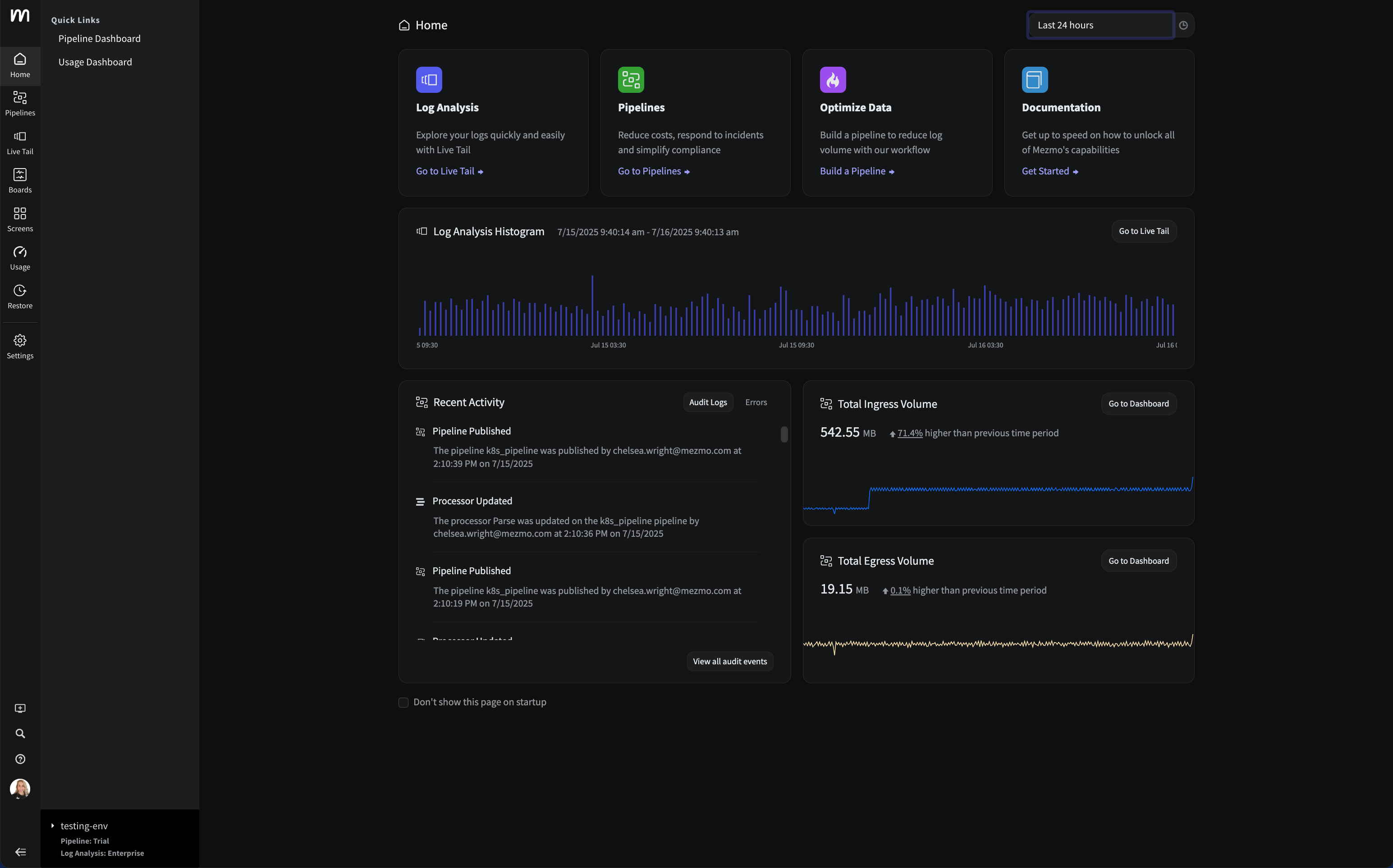


















.png)





































































